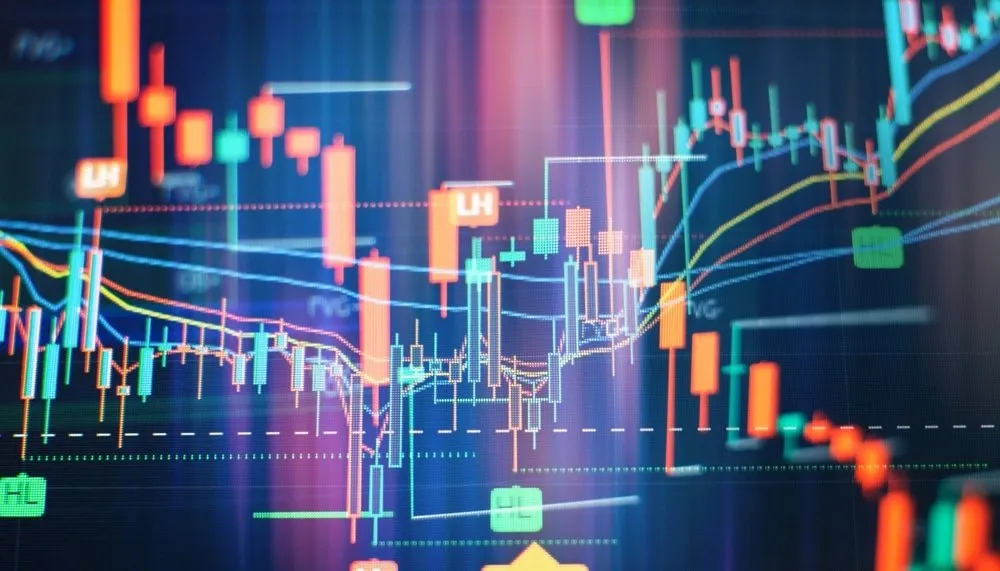How Prop Traders Use the Futures Calendar to Stay Ahead

When it comes to prop trading, every second counts. Markets don’t wait for anyone and if you’re not a few steps ahead then you’re already behind. That’s why smart prop traders live and breathe the futures calendar. It’s not just a tool but it’s a roadmap. Whether you’re trading crude oil, gold, currencies, or indexes, knowing what’s coming up on the calendar can mean the difference between a winning trade and a blown account.
Let’s see in detail how prop traders actually use the futures calendar in real-time, day in and day out, to keep their edge.
What Is the Futures Calendar?
The futures calendar, sometimes called an economic calendar or contract expiration calendar lays out all the important dates for futures contracts—expiration dates, rollover periods, major economic events, earnings reports, central bank meetings, and anything else that might shake up the markets.
But this calendar isn’t just for show. Prop traders use it like a GPS. It tells them where volatility is likely to hit, what instruments might move, and when they need to be out—or all in.
Why It Matters So Much in a Prop Firm Setting
At futures trading prop firms, you’re not just trading for yourself. You’ve got firm capital on the line and usually a strict rulebook to follow. That means risk limits, max drawdown thresholds, and rules about trading during high-impact events. And this is where the futures calendar is used.
It helps prop traders:
- Avoid getting caught in unexpected volatility.
- Plan around rollovers and contract expirations.
- Time trades based on known catalysts.
- Align with the firm’s trading rules to avoid violations.
It’s like a cheat sheet for survival and profitability.
Mapping Out the Week Like a Pro
At the start of every week, experienced prop traders do one thing without fail that they pull up the futures calendar and map out the landscape.
Assume that it is Sunday evening. It’s time to get your head in the game after your weekend reset and maybe some chart review. When you look at the calendar, what do you notice?
- Wednesday: CPI numbers out of the U.S.
- Thursday: Stockpiles of Crude Oil
- Friday: Speech by the Fed Chair
You know where to concentrate now.
Because you are aware that markets sometimes go crazy with inflation prints, you can choose to minimize size before CPI. Or if you trade oil then you’re preparing for Thursday’s inventory data. The Fed’s speech? If you are trading currency futures, you should be light or hedged since it might cause the dollar to tremble.
For traders who want to stay ahead, this type of weekly preparation is essential.
Economic Data:
Let’s talk economic data for a sec.
For most prop traders, especially those dealing in currency futures, equity indexes, or interest rate products, economic data releases are like thunder before the storm. Stuff like:
- Non-Farm Payrolls (NFP)
- Consumer Price Index (CPI)
- Gross Domestic Product (GDP)
- Retail Sales
- ISM Manufacturing/Services
These events are marked on the calendar with big red exclamation marks for a reason—they move markets. A surprise number can send futures into a frenzy. Prop traders pay close attention not just to the time of the release but also to the forecast vs. previous values. A huge beat or miss? That’s a potential opportunity or a landmine.
You’ll often see traders flatten their positions ahead of high-impact news or at least trail their stops. Others, especially those with a volatility-based strategy might actually look to trade the whipsaws right after the release.
The calendar tells them when to expect turbulence.
Contract Expirations and Rollovers: Timing Is Everything
If you’ve ever traded futures, you know that contracts expire. And when they do, volume shifts to the next active contract. For prop traders, knowing the rollover date is mission-critical.
Here’s why:
- Liquidity dries up in the expiring contract.
- Spreads can widen.
- Price action gets choppy.
Let’s say you’re trading ES, S&P 500 futures and it’s the week of the quarterly rollover. The big institutions have already started shifting their volume to next month. If you’re not paying attention and still stuck in the expiring contract then you might find yourself in a ghost town with slippage eating into your P&L.
Prop traders usually make it a point to switch contracts a couple of days before the official expiration to stay in the flow of liquidity. Most prop firms even have internal guidelines on when to roll over and it’s always based on the futures calendar.
Earnings Season: Equities Futures Get Spicy
During earnings season, individual stocks aren’t the only ones that move—the broader indexes do too.
Traders dealing in NASDAQ or S&P futures (NQ, ES, etc.) keep a close eye on earnings releases from Apple, Microsoft, Amazon, Google, and friends.
If several major tech names are reporting on the same week, guess what? Volatility is coming. Traders use the earnings calendar in tandem with the futures calendar to gauge when they might get market-moving action.
Sometimes, a strong earnings report can send the entire index higher. Other times, a miss can spark a wave of selling. Prop traders use this info to position themselves accordingly or at least to not get blindsided.
